|
On Sunday, June 24, 1787, the forty-five year old pastor of the First Congregational Church of Ipswich Hamlet in Massachusetts set off alone in his one-horse shay. The Yale educated man of immense curiosity and resolve carried a cabinet with him to save botanical specimens he encountered on his trip. His mission, however, was not so much scientific as it was political. He was headed to meet with the Congress of the Confederation in New York City, the body that governed America before the Constitution was adopted in 1789. His name was Manasseth Cutler and he had a big proposal for the young Congress. Negotiations at the close of the American Revolution had resulted in the transfer of England's claim to the Northwest Territory to the American nation. Cutler and several partners had a plan for this territory, an area larger that the territory of the entire 13 States that sat north of the Ohio River to the Great Lakes and west to the Mississippi . His request was two-fold, for Congress to adopt laws governing the territory and to sell a portion of the land to a stock company he represented. The first requirement was critical to his group and to the many Continental Army veterans who looked to this uncharted territory as an opportunity to experience what would later become known as the American Dream. Washington and Jefferson both knew the importance of establishing rules to govern the new territory and supported efforts in the Congress to develop those rules. Jefferson even submitted a proposed charter that was not adopted. Interestingly, his proposal included a prohibition of involuntary servitude in the new territory, a system his livelihood depended on. Cutler and his partners had their own ideas about what an ordinance governing the territory needed to include. He and a group of ten men led by Revolutionary War General Rufus Putnam met on March 1, 1786, in the Bunch of Grapes tavern in Boston to formulate a plan for settlement of the territory. They established the Ohio Company to raise funds to acquire land for settlement and chose Cutler to represent them before the Confederation Congress. The group believed strongly that for settlement to succeed, Congress needed to adopt a governing ordinance that would establish their legal ownership of land purchased and provide a set of rules designed to encourage and support a healthy society. Among their requirements were freedom of religion, encouragement of schools and the means of education, good faith interactions with the Indians, and the prohibition of slavery and involuntary servitude from the territory. Cutler took the Ohio Company's plan to Congress with an offer, when combined with another interested developer, of $3.5 million to purchase property in the Northwest Territory if an Ordinance governing the territory could be adopted that fulfilled their requirements. In a debt-ridden new nation, this sum, the equivalent of more than $120 billion in today's dollars, was a strong incentive for its Congress to act. Still, there was opposition. Some feared mass exodus of citizens from their States while others objected to excluding slavery from the territory. Counter proposals were proposed which Cutler found unacceptable. Cutler left New York without an Ordinance to visit Philadelphia, where many influential legislators were working on a new Constitution to create a more powerful and stable United States. His meetings there included the eminent Benjamin Franklin and the noted physician and Jefferson correspondent Benjamin Rush. On his return to New York, Cutler continued to advocate for the ordinance the Ohio Company but to no avail. He finally notified legislators that he would leave New York empty handed that afternoon. This very real prospect of losing the revenues from a proposed sale of territory land evidently inspired the necessary spirit of compromise among the legislators. Before Cutler could leave, he was informed Congress had adopted a ordinance to govern the territory that was based largely on the Massachussets State Constitution. The new Northwest Ordinance included all of the Ohio Company requirements. The territory would recognize freedom of religion, encourage education and the means of providing it (every town would set aside property for a school-house and a university), Indian relations would be conducted in good faith, and slavery would be prohibited. Congress authorized its Treasury to close the sale of 5,000,000 acres to the two companies interested in purchasing land, with the Ohio Company acquiring 1,500,000 of those acres. Cutler returned to his church and only managed to visit the new settlement that followed his negotiations once in his lifetime. The first town established by the Ohio Company would be at the confluence of the Muskingum and Ohio rivers and would be named Marietta to honor the French Queen Marie Antoinette who, it was commonly believed, had done much to persuade Louis XVI to support the American cause during the Revolution. So, if you have wondered what real estate developers have ever contributed to the well being and prosperity of the United States, you now have your answer. But, of course, Manasseth Cutler was much more than a developer. He was an highly educated man, a preacher, a physician, a veteran, and someone who was deeply invested in providing opportunity for American citizens. Image above from a stamp. It depicts the signing of the Articles of Confederation.
Where can you find political courage in the face of a self-proclaimed law and order President? In 1963, Michigan’s Republican Governor surprised my hometown of Grosse Pointe when he appeared with black leaders and civil rights activists to march in protest of housing segregation. The Governor spoke to the gathered crowd and promised to establish a civil rights commission to help eliminate “human inequality and discrimination.” When asked, he said he had chosen to get involved in the march because the issues involved were “so fundamental that they are above the partisan level.” Our Governor would go on to serve several productive terms as Michigan’s Governor. In 1968, he would run for the Republican nomination as President, beginning the race as the Party’s front runner only to lose to Richard Nixon. He continued to support civil rights and fight extremism throughout his career, which made him unpopular with many in his church and put him at odds with the Republican Party and his President. When he served as Nixon’s head of the Department of Housing and Urban Development, he directed the Department to reject projects from States that promoted segregated housing. The President shut down his program and refused to meet with him. Unable to be effective in the position, our Governor resigned. His son would inherit his father’s interest in politics and his sense of duty. In 2012, he would even carry the Republican Party’s standard as its Presidential nominee. Later, serving as a freshman Senator from Utah, he would have his own moral reckoning on a national stage. President Donald Trump had been Impeached by the House of Representatives for withholding Congressionally directed aid to Ukraine to force its leaders to start a dubious investigation into Trump’s likely opponent in the upcoming Presidential election. The evidence was overwhelming - a transcript of the call in question had been made - but the Republican Representatives did everything in their power to discredit the proceedings. When the proceedings reached the Senate for the required trial, the Republican majority fell in line with the President’s direction and refused to even hear testimony. Making short order of the proceedings, some would say a mockery, a vote was called that declined to convict the President. The vote was on Party lines. The minority Democrats voted almost unanimously to convict while the majority Republicans voted to exonerate. One Republican Senator, however, broke with his party to vote his conscious and to convict the President on the evidence. And, yes, he was the son of our principled Michigan Governor and the standard bearer for his Party in 2012. Senator Mitt Romney, in placing his vote to convict, stated in his floor remarks that “Were I to ignore the evidence that has been presented, and disregard what I believe my oath and the Constitution demands of me for the sake of a partisan end, it would, I fear, expose my character to history’s rebuke and the censure of my own conscience.” He added, “I will tell my children and their children that I did my duty to the best of my ability, believing that my country expected it of me.” Like father, like son. George Romney, the Michigan Governor and head of Nixon’s Department of Housing and Urban Development who fought for civil justice even when his Party and President disagreed because it he believed civil just to be “so fundamental” as to be “above the partisan level” would have been proud of his son’s actions. And, when protests erupted over George Floyd's untimely death at the hands of Minneapolis police, who would be the only Republican Senator marching with the crowds to show his support for civil justice and human rights? You, guessed it. Mitt Romney. It makes you wonder how much of Abraham Lincoln's values survive in today's Republican Party. For the Romneys at least, principle, civil justice, and country rise above Republican Party politics. -----
All text is copyright Clinton Richardson. If you like these posts, please tell your friends about the Venture Moola blog at Readjanus.com. And, feel free to share this blog. Click here if you would like to get a weekly email that notifies you when we release new entries. Or, click in the side column to follow us on Facebook or Twitter. Need a break from Covid 19-all-the-time? Here we look back to an earlier entry about the Clinton Presidency, grown men in chicken suits, and plain clothes FBI agents. It all starts with enthusiastic voter-business owner, a visit to downtown Atlanta where a crowd awaits a Presidential motorcade. I GOT THE CALL while driving up the expressway after work one Friday. President Bill Clinton was visiting our city and I had a very excited client on the phone. "Clint! You've got to look for me on the local news tonight! I should be on a story about President Clinton." "What?" I replied. "You hate President Clinton." "I know but you have to watch! My brother and I were wearing our chicken suits along the motorcade and something happened. We were interviewed by reporters." This was when I learned that my valued client, paragon of the community, successful entrepreneur and businessman had a side to him I did not know. It turns out he was politically active. No, he was politically passionate. How could I not know that? And, he explained, he took great offense during Bill Clinton's campaign against George H. W. Bush in 1992 when Clinton operatives started showing up at Bush rallies in chicken suits carrying "Chicken George" signs. It made him so mad that he bought two chicken suits that he and his brother would wear at Clinton rallies and events carrying "Chicken Willie" signs. This had been going on for a long time. It was years since Bill Clinton had first been elected. "I was along the motorcade route in my chicken suit with my sign having a great time talking with people. But the motorcade was delayed and then more delayed. And, then someone tapped me on my shoulder." "When I turned around it was a tall guy in a black suit holding and Secret Service badge. He asked me if it was my box labeled Chicken Suit in the stairwell of a nearby office building." "I knew this was no time to lie." My client, we will call him Mike, explained he had carried his chicken suit in the box and changed in the stairwell. The Secret Service found the box and called the bomb squad. The President's motorcade was rerouted. The news crews caught the his meeting with the Secret Service but it did not make the nightly news to Mike's disappointment. So, what's my point? Mike was a successful entrepreneur, whose success created hundreds of jobs. He created a great business from an idea, perseverance, and passion while he was still in college. He is someone to be admired. And, at least in this one respect, he was a bit eccentric. People who take on the challenge of building and growing a great business are not milk toast. Many of them have quirks. Some (not Mike) are downright difficult to deal with. But most of them share one trait. They are passionate about what they do. And they act when they see something that needs to be fixed. Like Chicken Willie. -----
All photos and text are copyright Clinton Richardson. If you like these posts, please tell your friends about the Venture Moola blog at Readjanus.com. And, feel free to share this blog. The more readers the better. Click here if you would like to get a weekly email that notifies you when we release new entries. Or, click in the side column to follow us on Facebook or Twitter. Yes, I know. It is not an inspired pun. But, stay with me as we review the life of an American patriot and founding father and raise a somewhat surprising monetary question. You probably recognize our Founding Father from the image above. It is a close up of a life-size bronze sculpture, completed in 2009, that greets you as you board the bus takes you up the hill to see Thomas Jefferson's mansion. Jefferson's Monticello home is famous for its architecture and furnishings as well as for being the home of the author of the Declaration of Independence, our third President, Ambassador to France, and author of Virginia's first law preserving religious freedom. It is visited by citizens from around the world. As President, Jefferson commissioned the Lewis and Clarke expedition and completed the Louisiana Purchase which instantly doubled the land mass of the United States. In retirement, he founded and designed the University of Virginia, watching over construction with a telescope from the elevated setting of Monticello. He was a man of accomplishment who nourished a personal library so significant that when the Library of Congress was torched during the War of 1812, his books were used to reestablish the Library's collection. Jefferson was curious, inventive and well read to an extent that rivaled Benjamin Franklin. His home at Monticello is full of innovation and reflections of his deep curiosity about the world. The front entryway is full of souvenirs from the Lewis and Clarke Expedition as well as an inventive clock that uses weights and gravity to keep track of hours and days. Jefferson was ambitious and could be ruthless, setting a low-bar standard in his successful Presidential campaign against Adams that survived unchallenged until recent times. He was also pragmatic and idealistic, as when he crafted the message for the Declaration of Independence and fought to limit church influence over the Virginia legislature. He was also a complicated man. He was not openly religious, believing a man's belief was a private matter. And yet, he committed in correspondence with his good friend Benjamin Rush, who thought Jefferson to be too secular for his own good, to commit his beliefs to writing at some time. It was near the end of his life that he took on the project, compiling in four languages what he called The Life and Morals of Jesus of Nazareth. To complete the task, he purchased six bibles that he cut into clippings and arranged into a private volume. That volume, commonly called the Jefferson Bible, now resides in the Smithsonian's collection and is available to the public in a richly authentic reproduction produced in 2011. The images above are from that reproduction. Jefferson lived in an extraordinary time. The impact of his actions in support of the American Revolution and in securing religious freedom through the separation of church and State are still felt today, almost 250 years later. But like many Southern landowners, he was also the owner and master of hundreds of enslaved people, it taking more than 150 slaves to keep his home and plantation operating at any one time. Most of the enslaved people lived near the fields and out of site from the Jefferson's home. Those who worked around the house, like Sally Hemings who also bore children attributed to Jefferson, lived nearby in structures like this reconstructed cabin. Jefferson purported to abhor the institution of slavery in his personal letters but did not extract himself from it. His home, his lifestyle and his ability to influence the greater world were inextricably tied to his participation in a system that extracted wealth from enslaved people. His plantation could not run profitably without enslaved people to work its fields. It was his world. One where he was a master over enslaved people with no power. One where a plantation that supported only six or eight free persons might require the forced labor of more than 150 enslaved people to operate. It was a world where so many people were enslaved that it required legislative approval to free a person from slavery. While he relied on slavery for his livelihood, Jefferson also designed his beloved Monticello to hide the institution and his reliance on it as much as he could. On his plantation, many features were included - like back hallways, underground corridors, and dumbwaiters - to keep the work of slaves out of sight. So, where am I going with this? Am I going to question whether Jefferson should be removed from the nickle because he owned slaves? No, I have a more modest question to consider. Thomas Jefferson was a statesman, an eloquent spokesperson for separation of church and State, and the author of a Declaration of Independence that has inspired millions over the centuries. But, he was also the owner of an unprofitable plantation that left him deep in debt when he died. And, as he freed only a few of the Heming children upon his death, almost all of his slaves remained enslaved after his death. Hundreds of them were rounded up and sold on the steps of Monticello to the highest bidder to pay off his debts. It must have been an anguishing time for the enslaved individuals and families who worked on the Monticello plantation. So when you next look at a nickle, you will see the great Jefferson and his architectural wonder of Monticello. But, when you look at Monticello you will also be looking at the steps where hundreds of enslaved people were sold. Does the nickle need a change? With all of Jefferson's accomplishments, would an image of the Declaration of Independence or a map of the Louisiana Purchase be more fitting for the reverse side of the coin? ---
All photos (except for the stock image nickle) and text are copyright Clinton Richardson. If you like these posts, please tell your friends about the Venture Moola blog at Readjanus.com. Want to plan your own safari? If so, feel free to check out the outfitter we used at Porini.com. And, feel free to share this blog. The more readers the better. Click here if you would like to get a weekly email that notifies you when we release new entries. Or, click in the side column to follow us on Facebook or Twitter. My apologies to all those who will be offended by this post but this is all just for fun. How often in these tense times do we get to focus on something as inconsequential as Presidential tan lines. It seems like ages ago that this photo went viral after a Presidential tweet. But, actually, it was just earlier this week that this image was posted and then made viral by a Presidential response. A copy of this image was tweeted by Donald J. Trump @realDonaldTrump with the following message: "Fake news. This was photoshopped, obviously, but the wind was strong and the hair looks good? Anything to demean!" So the question of the day is whether the photo was altered, or this just a film or camera adjustment issue? Judge for yourself. Here is a second image taken about the same time by another photographer. My personal opinion is that this is a contrast adjustment, a difference between cameras, or maybe what photographers call a White Balance adjustment and nothing more. Was it contrasted up to overemphasize the color difference? Perhaps so. What do you think? In any event, it is certainly not altered as dramatically as the image below. The second image is definitely altered using a photo editing program. Inspired, perhaps, by Dustin Hoffman's portrayal of Tootsie in the film by the same name? The President's tweet about the image was pretty mild by Trumpian standards. It did not call for punishing the photographer and did not insult the photographer. Perhaps, he is comfortable with his spray tan and with everyone knowing about it. And, maybe tans will become de rigueur for future Presidents. Apparently, though, tan quality is not an advantage in a Presidential election as the two images below show. Clearly, Senator Romney sports the better tan. But, perhaps the most pressing tan issue at the moment following Bernie Sanders plurality in New Hampshire, is whether the Vermont Senator will up his tan game if he gets the Democratic nomination. And, yes, this is obviously photo edited. From a historical perspective, no Presidential tan can match the permanent tan Roman emperors achieved when they minted gold coins in their image. Could this be the look the President is going for? . . . .
The images above are all circulating on the Internet and are reproduced here in reliance on the fair use doctrine. The text is original and copyright protected. If you like these posts, tell your friends about the Venture Moola blog at Readjanus.com. Feel free to share this blog with your friends. The more readers the better. Click here if you would like to get an email notification when we release new entries. Or, click in the side column to follow us on Facebook or Twitter. As you are probably aware, Kirk Douglas died the other day at the age of 103. He was a Hollywood legend, a prolific actor and producer who created memorable roles and iconic films. You may remember him from his movie Spartacus and the iconic catch phrase from the scene at the end of the movie when the Roman General Marcus Crassus looks out over a field of defeated slaves and demands that Spartacus give himself up only to be met with defiance as condemned slave after condemned slave stands and proclaims that "I am Spartacus!" A great film moment to be sure. But, did you know there was real courage behind the movie as well? In fact, the making of Spartacus by Kirk Douglas, was an act of profound courage. It was, as you can read below, an act of defiance itself that had helped end a dark chapter of American history. That dark chapter was the 1950s witch hunt of Senator Joseph McCarthy and legal counsel Roy Cohen that blacklisted and imprisoned many law abiding Americans accused of affiliating with the Communist Party. Accusations, lies, and intimidation from McCarthy and Cohen created a state of paranoia and fear throughout the country. What follows is the story of how Kirk Douglas defied the blacklists when he produced Spartacus and why it mattered. The narrative comes largely from my book about ancient personalities who shaped our common history - Ancient Selfies - History Revealed Through the World's First Social Media - Ancient Coins, available on Amazon.com.
The success the slave rebellion led by Spartacus against Rome’s legions and the size of the slave army struck fear into the hearts of Rome’s citizens. Many Romans feared for the very survival of the Republic. Rome, itself, depended on slave labor for its very survival. After almost three years of success, Spartacus and his army were finally defeated by a group of Rome’s legions under the command of Marcus Crassus, Magnus Pompey and Julius Caesar. Following the defeat, Crassus marched the defeated slaves along the Appian Way toward Rome, crucifying many of them along the roadside. Thousands of Spartacus’ compatriots were hung out to die, 17 per mile or 6,000 in total by one estimate. The action was intended to strike fear into the slave population of Rome. Intimidation as a Roman method of control. The coin shown above was issued in that same year to celebrate the end of the slave war by honoring an earlier Senator who had played a role in putting down an earlier slave revolt thirty years earlier. The coin’s image of a conquered slave and triumphant legionnaire was intended to remind Rome's freemen and slaves of the horrible fate inflicted on the conquered slave army of Spartacus. More than 6,000 defeated slaves were crucified and left to die and rot along the Appian Way. How this ancient story came to modern America. But, while Spartacus and his army of slaves did not win freedom from Rome, their story would help bring an end to an era of persecution in America 2,000 years later. In 1951, at the height of the Communist witch hunts led by U.S. Senator Joseph McCarthy, one bestselling American author would self-publish a novel about Spartacus and a Hollywood leading man would make his book into a movie in a series of events that would help end the McCarthy era. Howard Fast, the author of Spartacus, had been a bestselling author for years when he found himself needing to self-publish his work after his name appeared on Senator McCarthy’s blacklist of communist sympathizers. Notwithstanding the difficulties of promoting, publishing and distributing his work, Fast’s Spartacus became an instant success. Not only did it reach number one on the New York Times Bestseller List, it also spawned the blockbuster movie by the same name. The book was controversial because of its author and content. McCarthy’s followers claimed it was popular reading among Communists. Douglas acquires the film rights to Spartacus. The actor Kirk Douglas, upset at losing the role of Ben Hur to Charlton Heston in the movie of the same name, bought the screen rights to the book from Howard Fast. Douglas, who had declined the role of Ben Hur’s enemy rather than to play second banana to his rival Heston, admitted that his disappointment in losing the role of Ben Hur led him to purchase the rights to Spartacus. Douglas also took the controversial step of hiring Dalton Trumbo, one of the members of the Hollywood Ten, to write the screenplay. Trumbo had been jailed for refusing to cooperate with the House Un-American Activities Committee and had been forced to write scripts under a pseudonym for a decade. Douglas not only hired Trumbo to write the screenplay but also included his name in the movie’s credits. It was the first time Trumbo's name appeared in a movie's credits since he had been blacklisted. Reaction to Spartacus the movie. When the film was released in 1960 with Trumbo's name in the credits, influential Hollywood columnist Hedda Hopper denounced Douglas for hiring Trumbo. The American Legion joined in the condemnation and picketed the movie’s Los Angeles premiere. Douglas responded by hiring Trumbo to write two more screenplays. And then a thoughtful young President weighed in. Newly elected President John Kennedy crossed the American Legion picket line to view the film and praised it afterward. The film went on to become a blockbuster hit, earning more money at the box office than any movie before or for the next decade. The events unleashed by Kirk Douglas' courage marked a turning point in the power of McCarthy’s blacklists in Hollywood. And so, in this way, the very real Spartacus from two centuries earlier, helped inspire a bestselling author and a feisty Hollywood actor to collaborate in a way that would help end persecution in twentieth century America. Thank you Kirk Douglas for a life of courage. You were Spartacus personified! Postscripts. One, and perhaps the most influential, person in crafting the methods of intimidation and misinformation that created the hysteria and fear that gripped America during the McCarthy era was the legal counsel to the House Un-American Committee, Roy Cohen. He is seen above counseling Senator McCarthy during a House Committee hearing in the 1950s and, later, chatting with his longtime client and protege Donald Trump.
. . . .
The second, third and last photos and all text are copyright Clinton Richardson. The coin is from the Ancient Selfies collection. The gladiator mosaic is on display at the Borghese Gallery in Rome, Italy. The note from Howard Fast is from a private collection. If you like these posts, please tell your friends about the Venture Moola blog at Readjanus.com. Feel free to share this blog with your friends. The more readers the better. Click here if you would like to get an email notification when we release new entries. Or, click in the side column to follow us on Facebook or Twitter. A knowledgeable friend attributes the following quote to George Orwell and his book 1984 about a (then) future dystopian society of thought police and oppression. The Party told you to reject all evidence of your eyes and ears. It was their final, most essential command. The Party referred to is not the Republican Party. Although, you are forgiven if you think so after the recent impeachment trial in the U.S. Senate,
Nero was wild about chariot races and games. So much so, that he even drove a ten horse chariot in the Olympic Games much to the dismay of his advisors. His charioteer haircut bothered his advisors and members of the Senate. It was not fitting for the ruling emperor, or at least they said when he was not listening. Of course, Nero did not care what his advisors or the Senate thought. Nero ruled without the restraint of an independent Senate, He was absolute emperor and wielded power confidently and sometimes ruthlessly. While most historians question whether Nero ordered the burning of Rome in 64 AD, others believe the massive fire that consumed Rome and killed many was a deliberate act of an emperor who wanted to make Rome great again by clearing the way for his own building projects. He was said to have sung The Sack of Illium in stage costume and played his lyre as he watched Rome burn. After Rome's destruction, Nero made Christians the scapegoat and ordered the persecution of its members as punishment. Tradition holds that Christ's disciple Peter was among those caught up in Nero's persecution. In Peter's case, the belief is that he was crucified hanging upside down on a cross. We cannot know the full picture of Nero's life with any certainty. The records are too old and incomplete to know everything about him. But the coin he authorized does give us one concrete glimpse of man. And, it raises a question. We know why Nero wore his hair combed up and out, but why does Trump? The first photo and all text are copyright Clinton Richardson. If you like these posts, please tell your friends about the Venture Moola blog at Readjanus.com.
The New York Times is reporting on fears raised in the astronomical community by the recent launch of sixty satellites by Elon Musk's SpaceX Corporation, see: After SpaceX Starlink Launch, a Fear of Satellites That Outnumber All Visible Stars - Images of the Starlink constellation in orbit have rattled astronomers around the world. Check out this YouTube video for another take on the issue. The fear is that plans to launch 12,000 satellites into orbit which reflect as brightly as the North Star will clutter the sky and change forever what man will see when he looks to the skies. Light pollution has already altered what is visible in most of the U.S., particularly near urban areas where you are lucky to see a few hundred stars at best on a clear moonless night instead of the thousands that appear in the darker areas of the Mountain West. The image above shows just how spectacular the sky can be when the light pollution is minimal. What you are seeing is the core of the Milky Way and one of its extending arms. Some of you, like myself, may remember seeing a night sky fuller of stars from your childhood before the mania to light every available space took hold. Eight miles north of downtown Detroit in our suburban neighborhood, we could still see in the 1960s a sky filled with stars by seeking out a dark spot away from the street lights. The street lights were not as bright or ubiquitous as they are now and when the skies were clear and moon was new thousands of stars would fill the skies above. Today, the light pollution of our cities and towns drowns out most of the fainter stars when we look up at night. When you leave the cities and towns to darker areas you can see more stars but to see anything like what our predecessors saw you need to head to sea or some of the darker areas out West. Electrification and the lighting of our cities that followed have dramatically changed what we can see of the night sky. Now massive satellite initiatives of SpaceX and others threaten to change the night sky even where Earth-bound light pollution has not yet reached. As Elon Musk and others launch more and more satellites into orbit, the view of the sky will become polluted even in the remaining dark places on our planet making it harder and harder to see and remember the night stars that inspired our species. Take a close look at the night sky sometime. And if you have been thinking of heading out to dark spot to see more of the heavens your grandfather could see, do it sooner rather than later. Change is coming. -----
All photos and text are copyright Clinton Richardson. If you like these posts, please tell your friends about the Venture Moola blog at Readjanus.com. For more photos, check out at Trekpic.com. Feel free to share this blog. The more readers the better. Click here if you would like to get a weekly email that notifies you when we release new entries. Or, click in the side column to follow us on Facebook or Twitter. Our safari has ended and we are headed home. But first, we have some time to kill before our flight home. Our outfitter has arranged a driver who picks us up at the Wilson Airport a little before noon to show us around Nairobi for the rest of the day. His name was Gideon. He was tall with a soft but deep voice that reminded me of James Earl Jones. He had immigrated to Nairobi from Malawi and now worked for our outfitter Gamewatchers Safaris. Gideon took us first to a bead and jewelry manufacturer in Karen, a suburb named after the author of the novel Out of Africa, for a short tour. All of the bead makers are women with children who do not have husbands. It is part of the company's mission to provide employment to this disadvantaged group and there is always a waiting list of applicants for openings. Our guide showed us around the plant and explained the various parts of the process from shaping to baking to coloring and finishing the beads. Afterwards, Gideon took us to a nearby restaurant for lunch. We both felt like we were dining in a movie set for a film about colonial Africa. We sat outdoors on in an area that looked and felt like a country club setting. When it cooled down with the threat of rain, our servers brought out a small coal-burning appliance to set down beside the table. Linen napkins, etc. You get the picture. As we drove, we talked. Where was Gideon from? Did he have family? Where did he live? He was very curious about America and asked many questions about life in the States. What were houses like in the United States? Did the houses have walls like those in Karen? The walls. They were everywhere we drove in Nairobi. So many and so high that they obstructed your view of what lie behind the sidewalk or street. And in the high-end residential areas they were frequently topped with razor wire. Homes like fortresses. Like luxury prisons. When we were finished with our list, it was to early to head to Nairobi International Airport for our flight home so we asked Gideon if he had any suggestions. At first, he could not think of anything that interested us. So we suggested he take the long way to airport. And, then he had a thought. "I could drive you by the slums," he said. "It is good to see them because it reminds us of how fortunate we are." And so as we meandered toward the airport, he pulled the car to a stop at the top of a hill and invited us to get out. There below us for miles to the left and right and abutting right up to modern city buildings were ramshackle buildings with rusted corrugated tin roofs and scrap metal walls. The buildings were so crowed together that from our distance you could not easily make out where roads or walkways were. After weeks of taking photographs, I could not bring myself to take a picture. The scene was too much, too overwhelming. I had seen pictures, in the movies even (think Slum Dog Millionaire), but until now I had no direct experience, no sense of scale. I was sure I could not do it justice with a camera. How many people must live in this area? And, what kind of life do they have? What government services could even reach into the depths of this maze of shacks? Could he take us closer, I asked? Yes, he could drive us along the edge as we make our way into the city on our long route. And so we did. It was dusk when we began driving down a street that abutted the edge of the slum. On our left for blocks and blocks were the tin shacks we had seen from above. In front of them were beaten up booths, mostly empty now that night approached. On our right, just the other side of a four lane road were the walls common around Nairobi with the buildings and activities of a modern city behind them. There were lots people out and about, both adults and children. None had a scrubbed tailored look. I tried to look down the passage ways that entered behind this front of the slum. What I could see in the diminishing light were dirt pathways, mostly narrow and winding into the back parts this rusting city within a city. "They can't get services in." Gideon noted. "When someone gets sick or injured, they have to carry them out because an ambulance cannot get in." I looked again into the slum. Three children left the street in front of us and followed a darkening path that led to who knows where. - - - - -
Photo by Schreibkraft use under Creative Commons license and modified by the author. If you like these posts, please tell your friends about the Venture Moola blog at Readjanus.com. Want to plan your own safari? If so, feel free to check out the outfitter we used at Porini.com. And, feel free to share this blog. The more readers the better. Click here if you would like to get a weekly email that notifies you when we release new entries. Or, click in the side column to follow us on Facebook or Twitter. Time for a break from Africa to reflect on advancements in paleontology and the modern understanding about what's flying around in your backyard. It turns out that not all of the dinosaurs met their demise in the great extinction that ended the Cretaceous Period some 66 million years ago. Surprised? Consider checking out a new book by the University of Edinburgh's Steve Brusatte that provides a good summary of how modern science has revolutionized our understanding of dinosaurs, what caused their sudden extinction (after 200 million years of predominance on our planet), and how one group of dinosaurs survived to rule the earth's skies. Steve's book, The Rise and Fall of the Dinosaurs - A New History of a Lost World, is available at Amazon.com and elsewhere. Decades of dinosaur bone finds, advances in technology and the abilities of high-powered computing have rendered what I learned about dinosaurs in school obsolete. Serious students of the subject no longer understand dinosaurs to be the slow moving, cold blooded creatures we were taught had somehow unwittingly managed to dominate our planet for ages until they mysteriously disappeared. Today, we understood dinosaurs were warm blooded creatures of great diversity who managed to fill just about every ecological niche available on our planet's landmass. They survived long enough to witness the break up of the earth's giant continent Pangea into the multiple continents that make up today's globe. They dominated the planet for so long that it is hard to contemplate. And their demise 66 million years ago was not caused by some fundamental flaw in their makeup. Instead, it took a freakish cataclysmic event - the collision into the Yucatan Peninsula of a deep space object the size of Mt. Everest. This asteroid was traveling with such force and speed that it drove itself 25 miles below the earth's crust and into the earth's mantle. Known as the Chicxulub asteroid, this object likely hit at a speed one hundred times faster than a jet liner and released the force equivalent to "a billion nuclear bombs' worth of energy." Enough force to change the planet's landscape into a barren wasteland alive with volcanic activity. It's the stuff of disaster movies only it actually happened, Fortunately for us, our nascent ancestors were small creatures at the time, likely living underground or in niche circumstances that somehow enabled them to survive the ages of nuclear winter that followed. Another survivor, surprisingly to some, were the airborne cousins of the ferocious velociraptor, what we commonly call birds today. Of course, this was not always the accepted view. When we were kids, dinosaurs were fascinating but no one connected them to birds. But now, paleontologists can tie unique physiological features of birds to ancient dinosaurs. It turns out that some of the things that make birds capable of flight are the very features that enabled ancient sauropods and therapods (think the gigantic brachiosaurus and tyrannosaurous) to become so incredibly large. Steve Brusatte catalogs several genetic qualities that made it possible for these dinosaurs to become so large and for birds to fly. First and foremost is a unique system for breathing that is more efficient and lightens the weight of the creature's bones. Sauropods, therapods and birds can extract oxygen from the air both when they inhale and exhale making them highly efficient breathers. Air sacs in the bones of these creatures capture air as it is inhaled and when exhaled provides oxygen for absorption. It is more efficient that what we mammals have. It also makes bones lighter and easier for birds to dissipate heat. Could the ability to travel great distances quickly through the air and dissipate heat quickly be the advantages that enabled the dinosaur-birds to survive the cataclysm of 66 million years ago that killed off most of their relatives? Will these advantages keep them alive through the next mass extinction? And when that cataclysm comes, will we all wish we were birds? _ _ _ _ _
Next week back to our safari series with Safari 16: How Many Wives Would You Like to Have? All photos and text are copyright Clinton Richardson. The images are from the author's collection at Trekpic.com. If you like these posts, please tell your friends about the Venture Moola blog at Readjanus.com. And, feel free to share this blog. The more readers the better. Click here if you would like to get a weekly email that notifies you when we release new entries. Or, click in the side column to follow us on Facebook or Twitter. |
the blog
Travel, history, and business with original photos.
your hostClinton Richardson - author, photographer, business advisor, traveler. Categories
All
Archives
July 2023
Follow us on Facebook
|
Check out Ancient Selfies a 2017 International Book Awards Finalist in History and 2018 eLit Awards Gold Medal Winner and
Passports in his Underpants - A Planet Friendly Photo Safari a 2020 Readers' Favorite Winner in Nonfiction
Site Copyright 2024 by Clinton Richardson
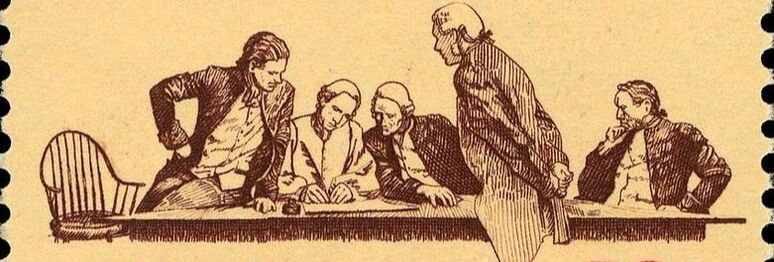
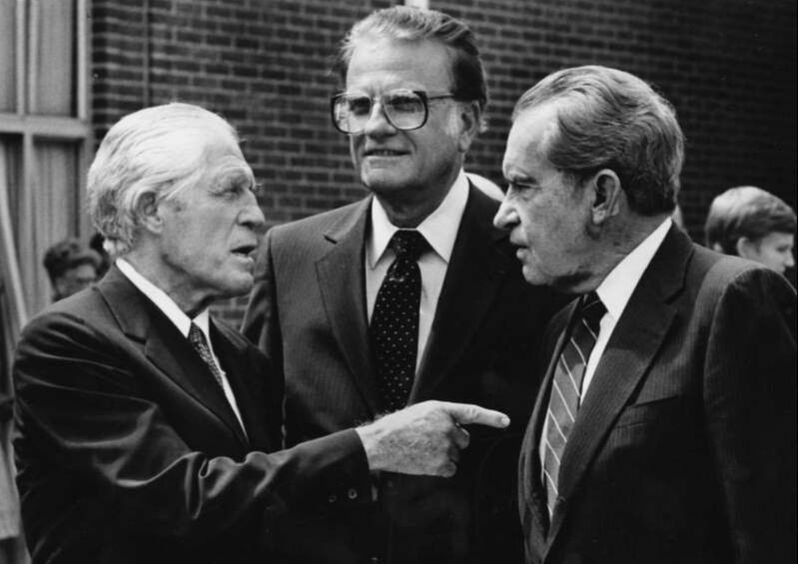
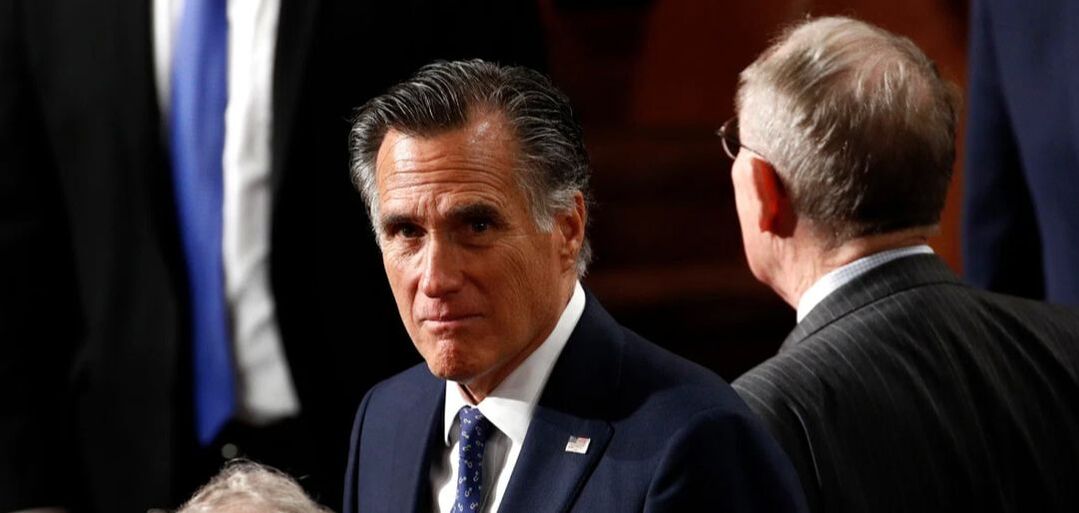
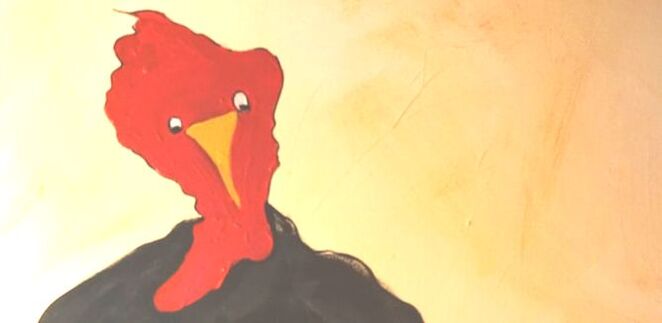
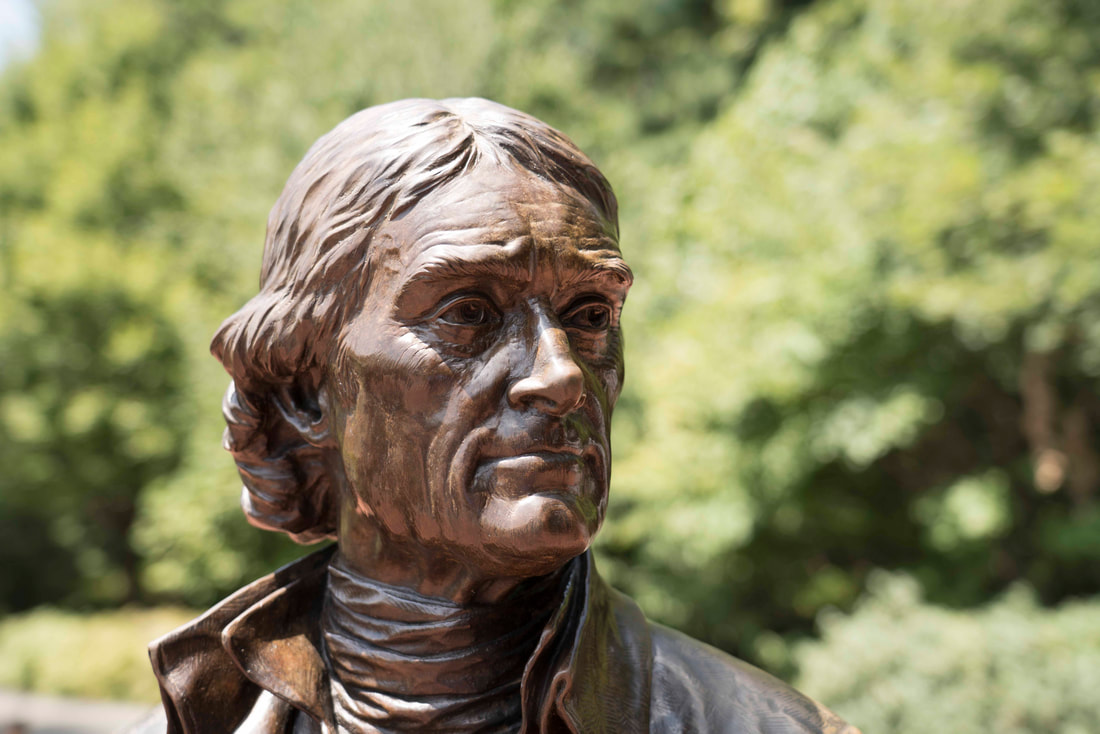
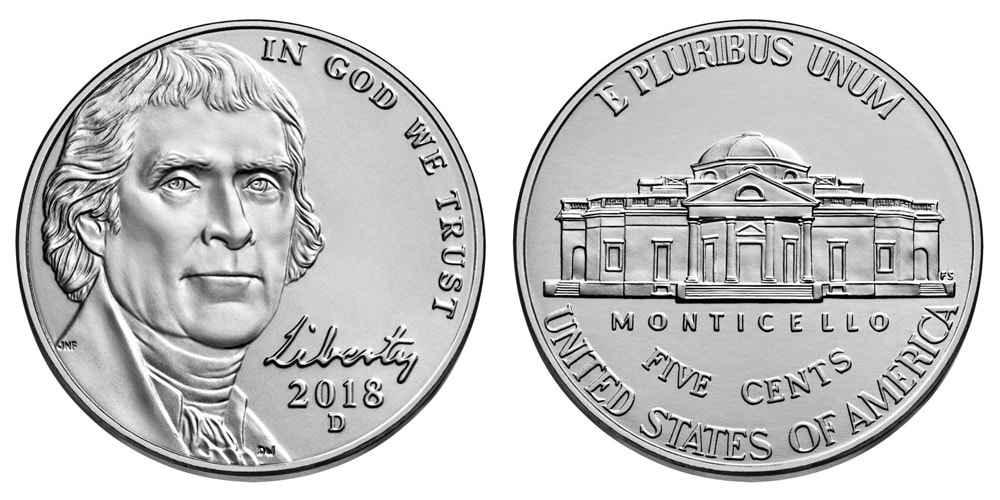
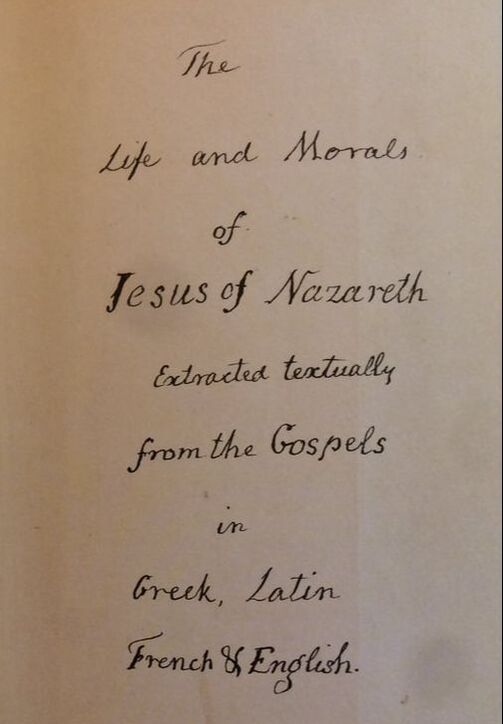
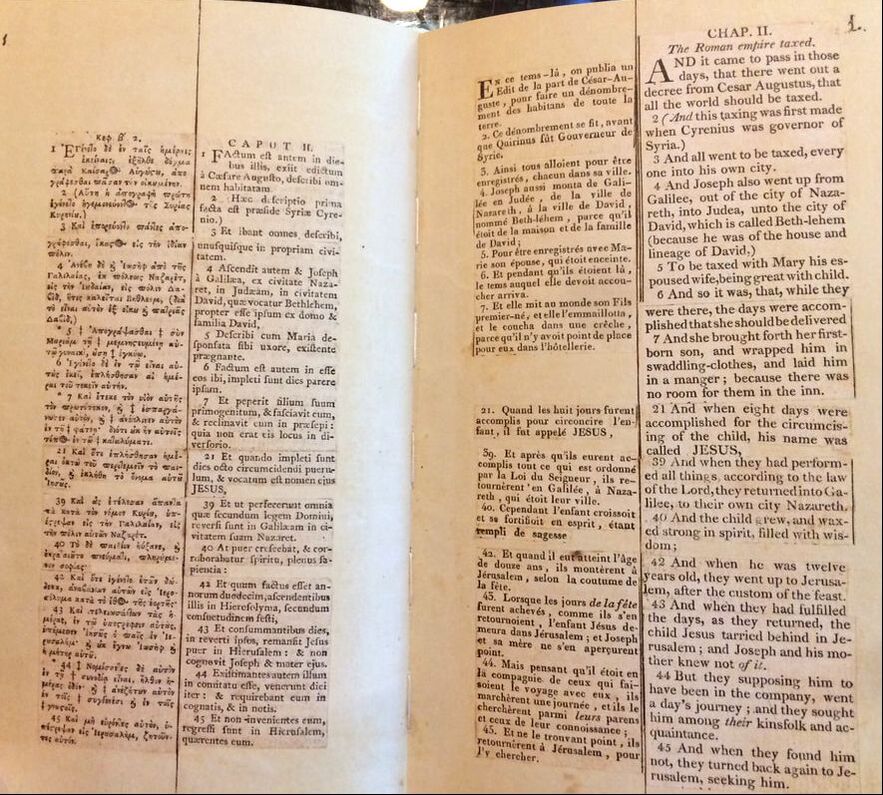
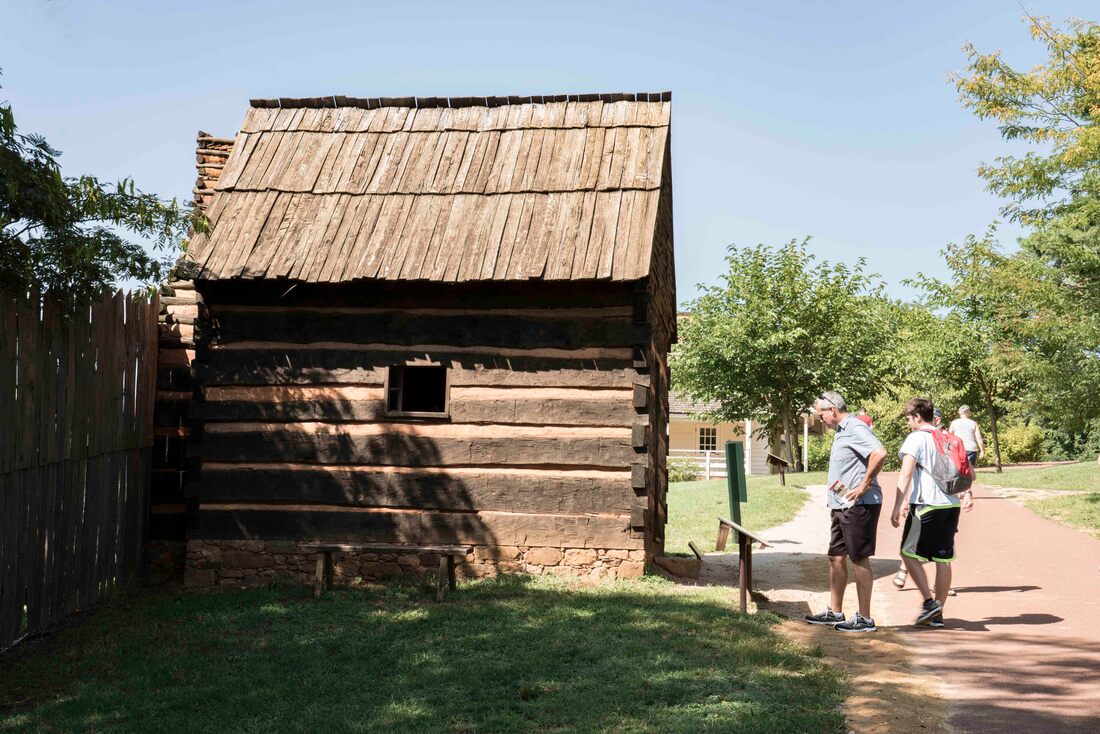
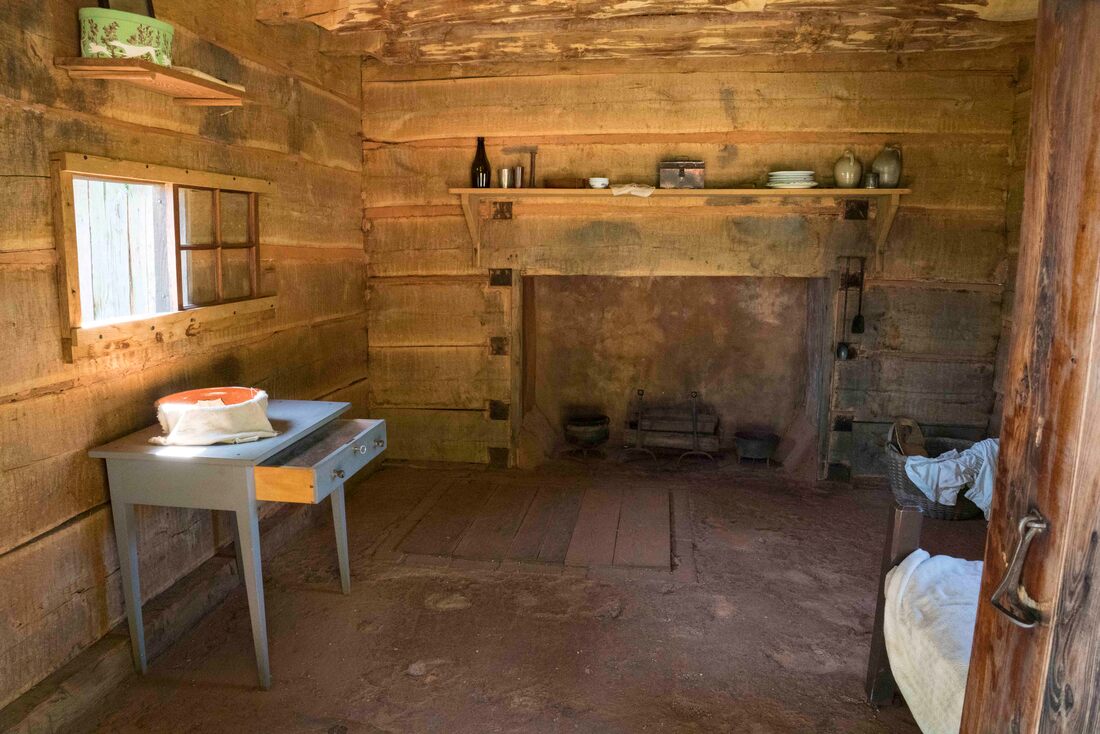
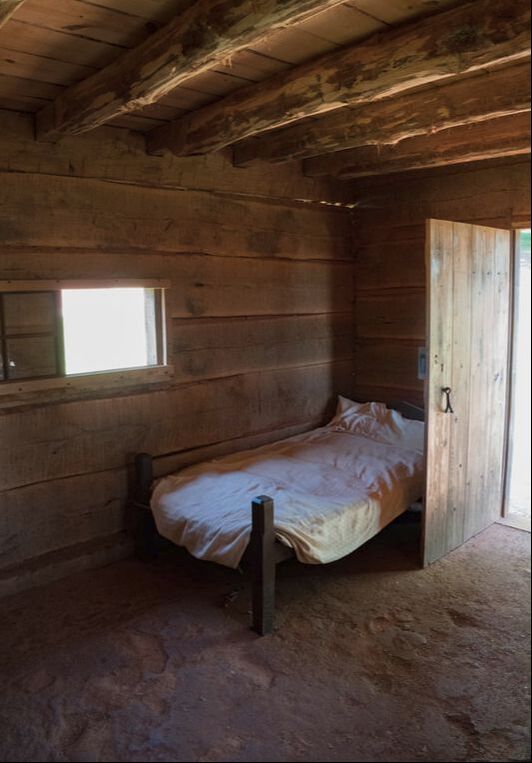
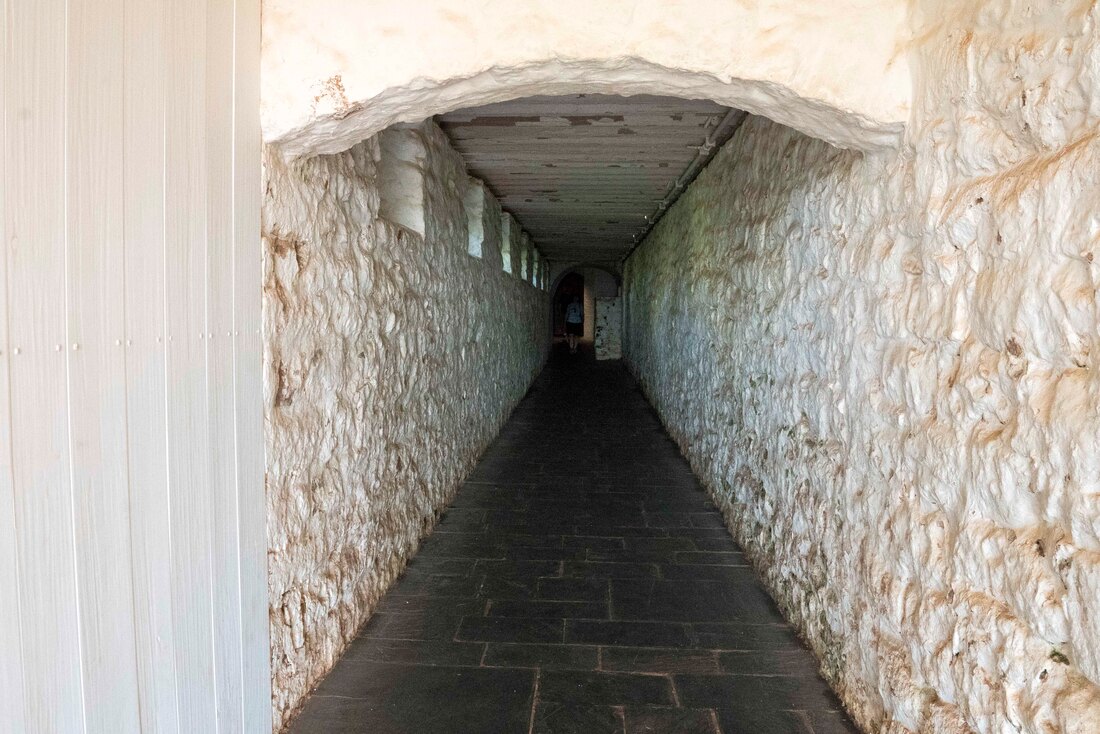
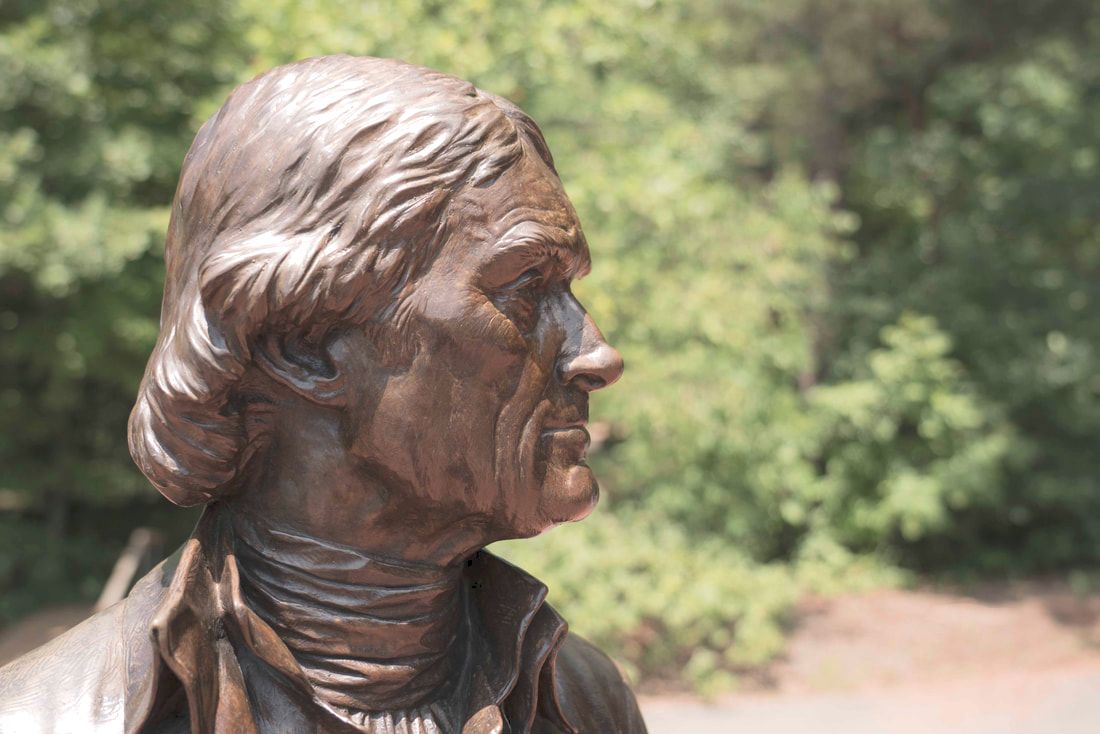

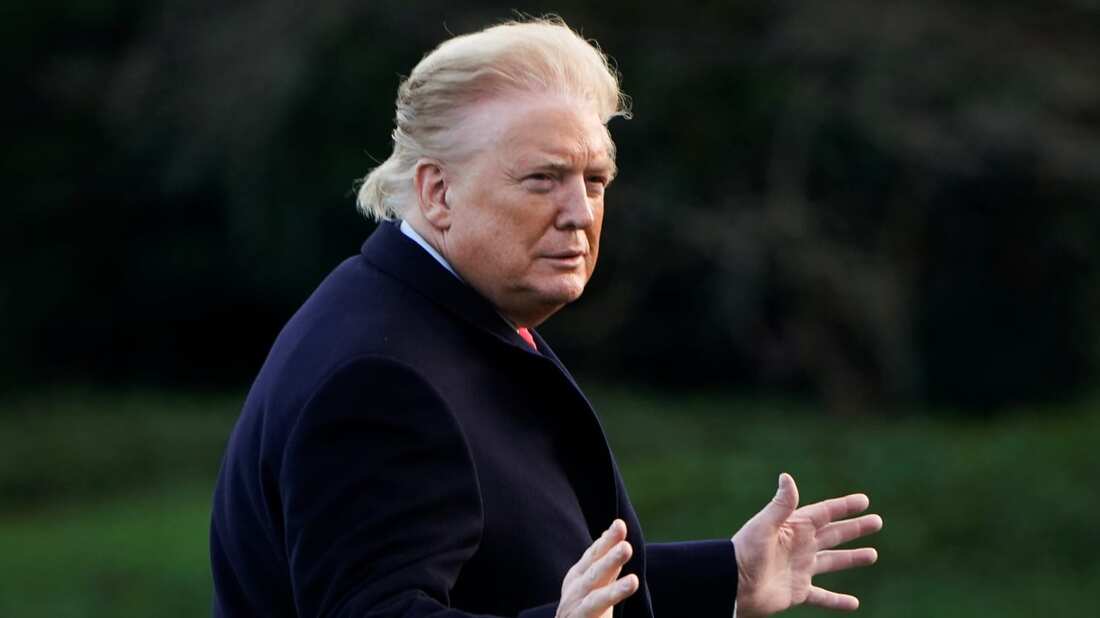

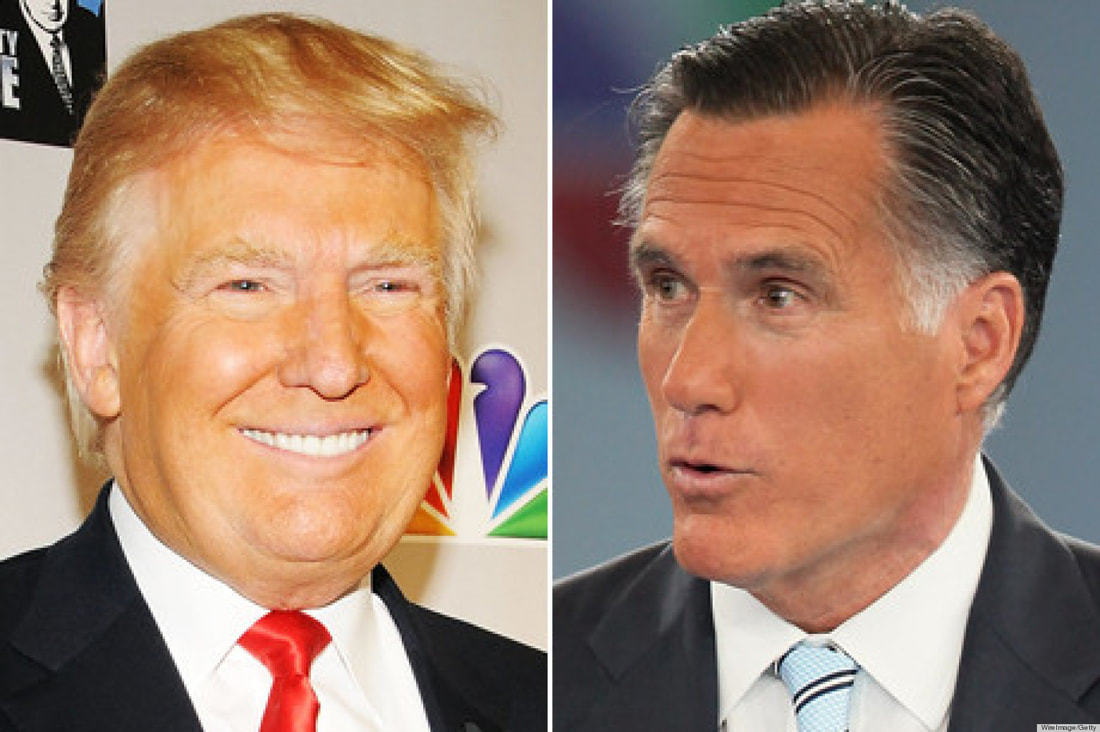
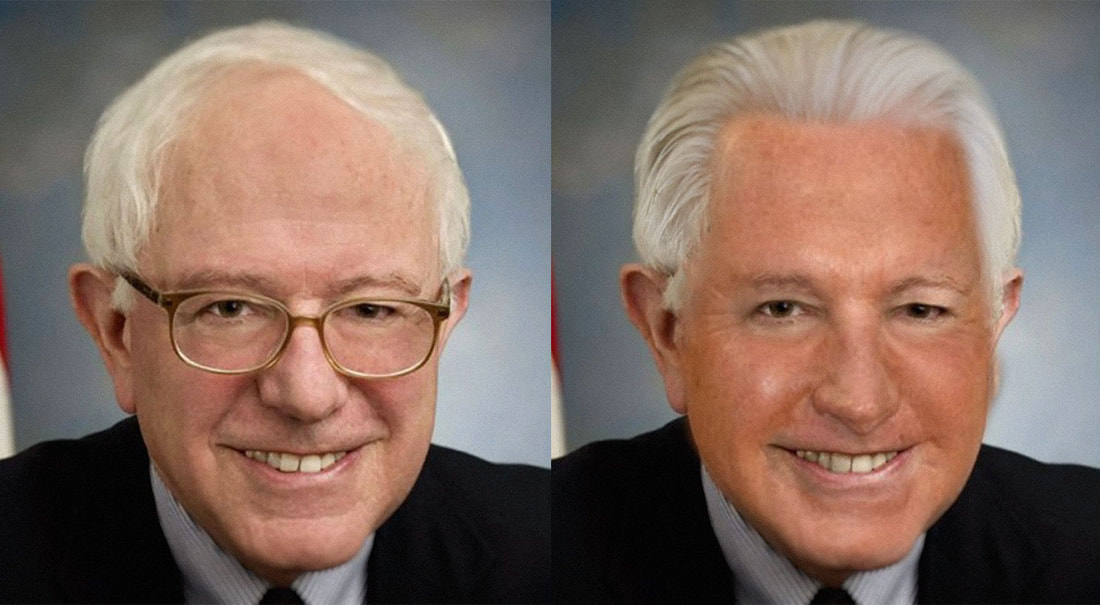
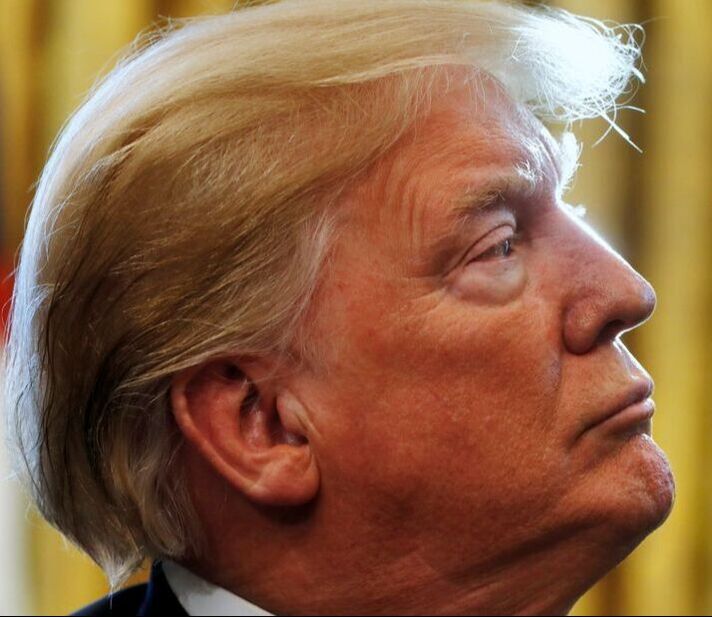
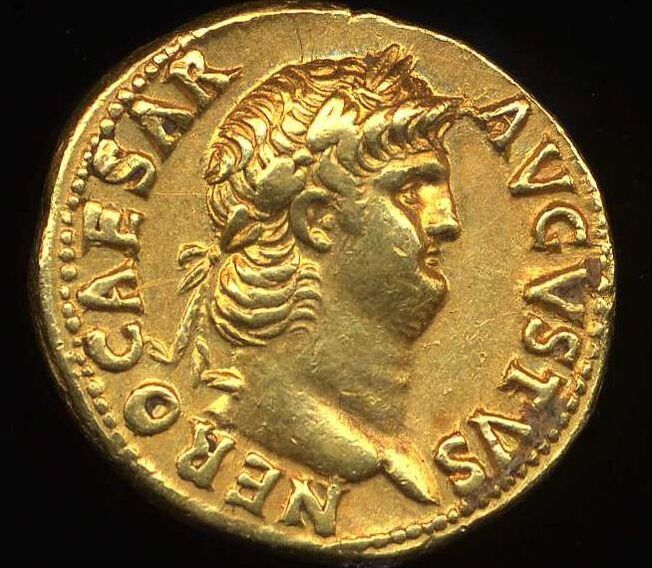
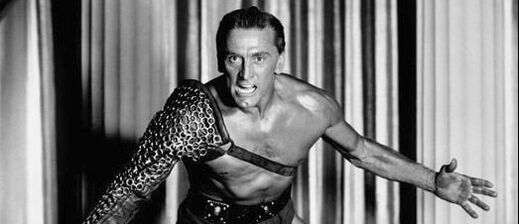
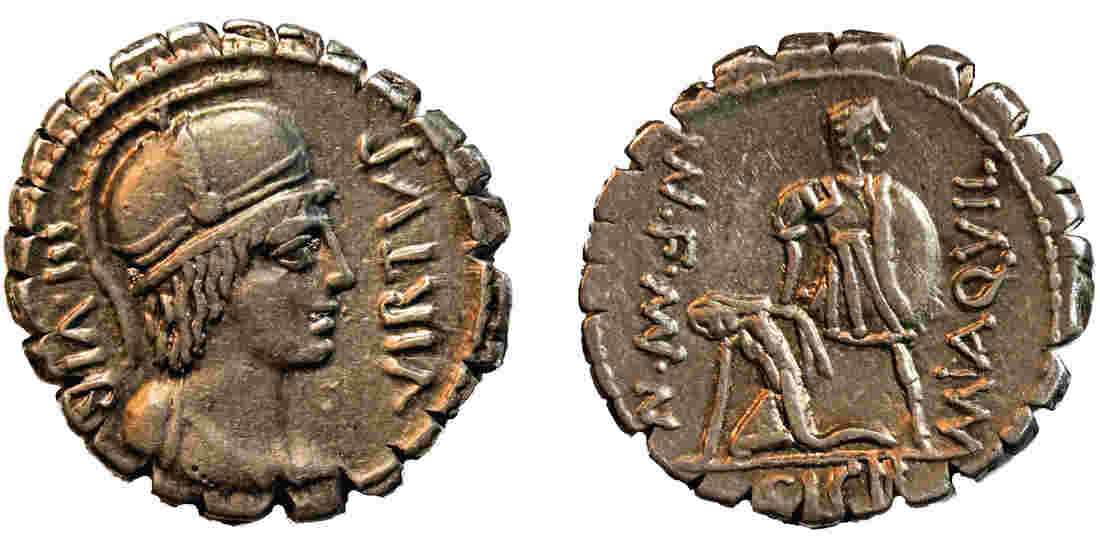
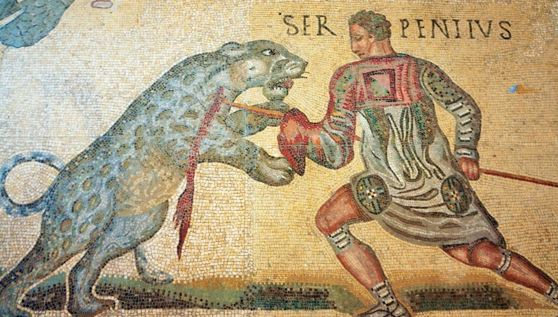
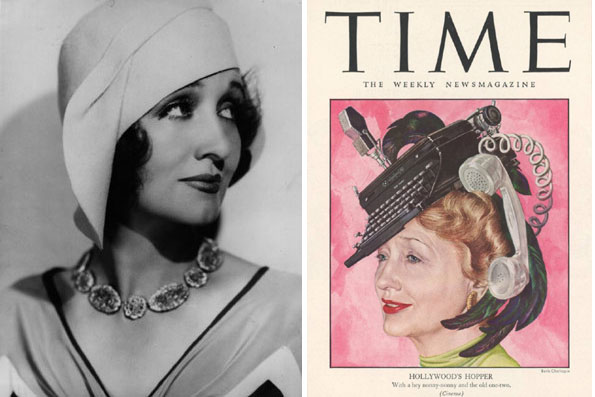
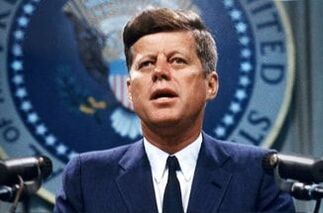
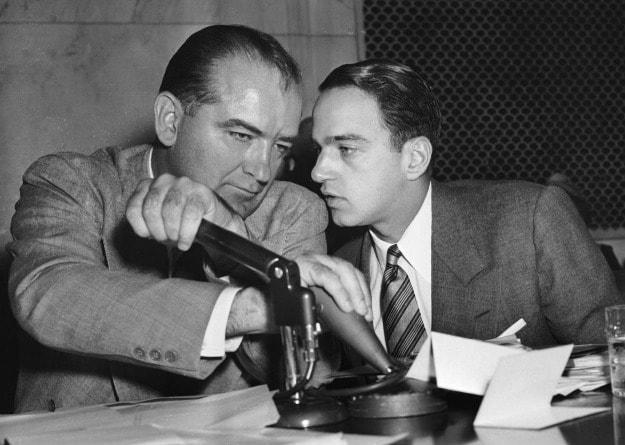
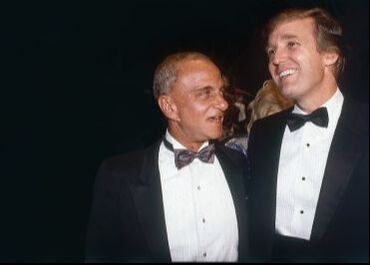
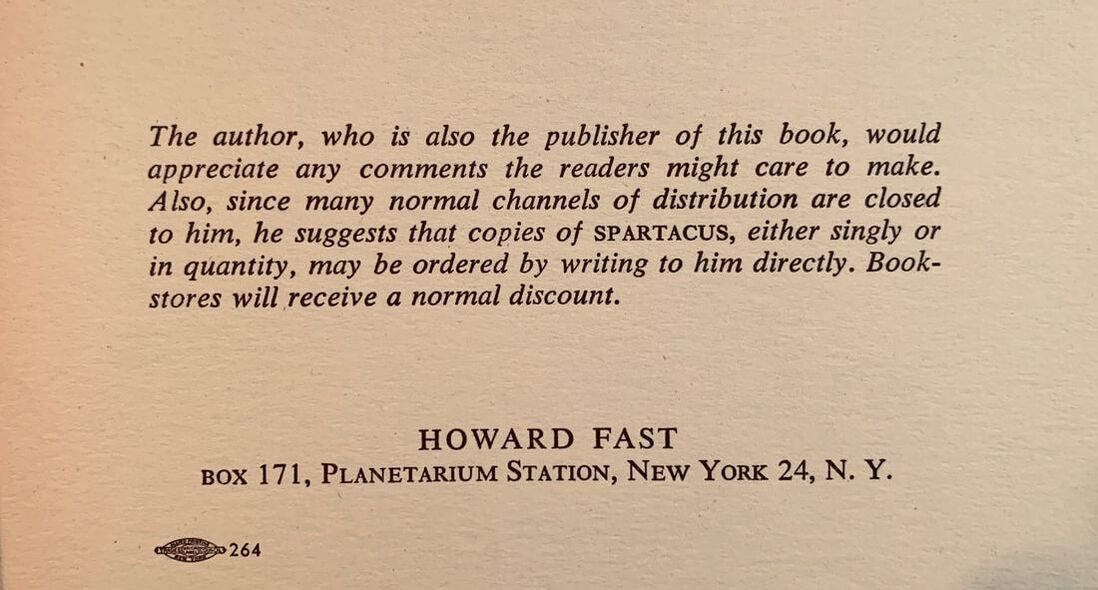
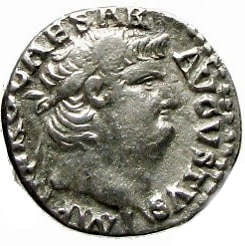
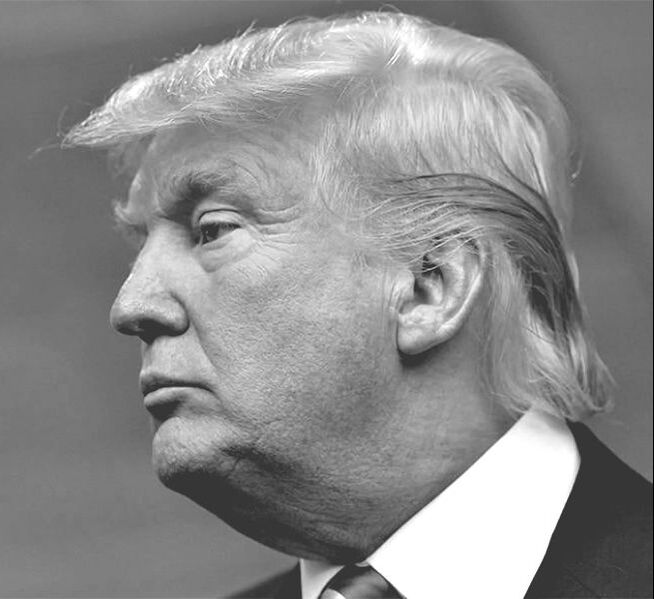
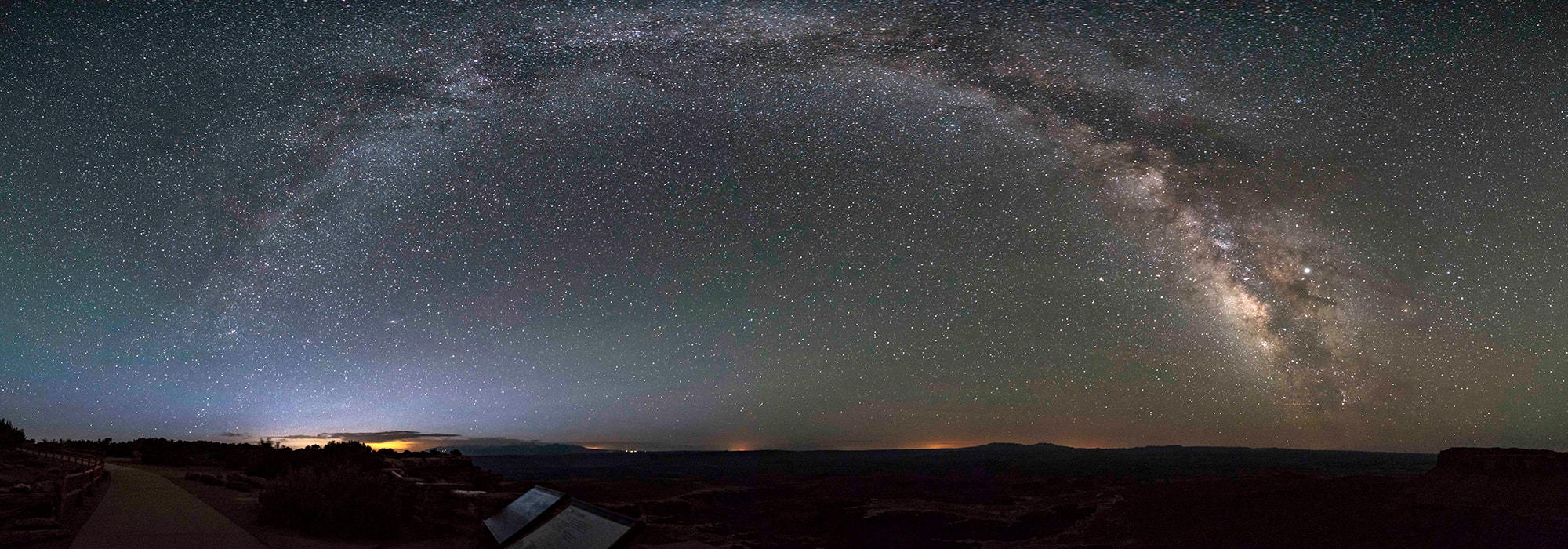
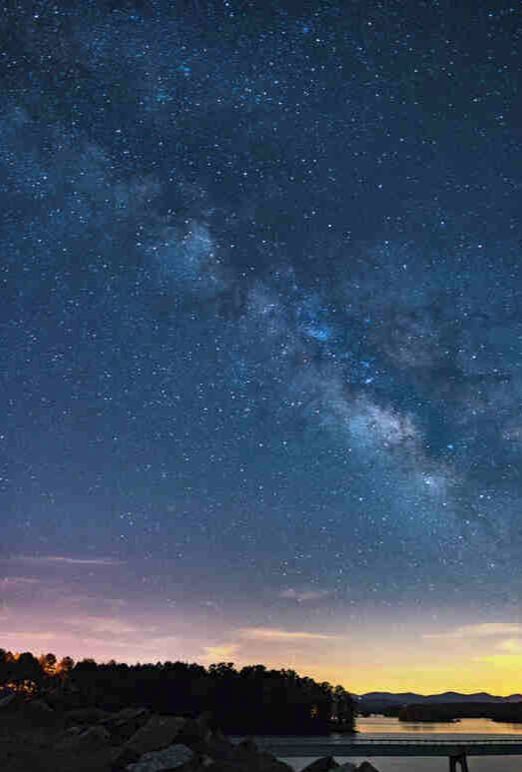



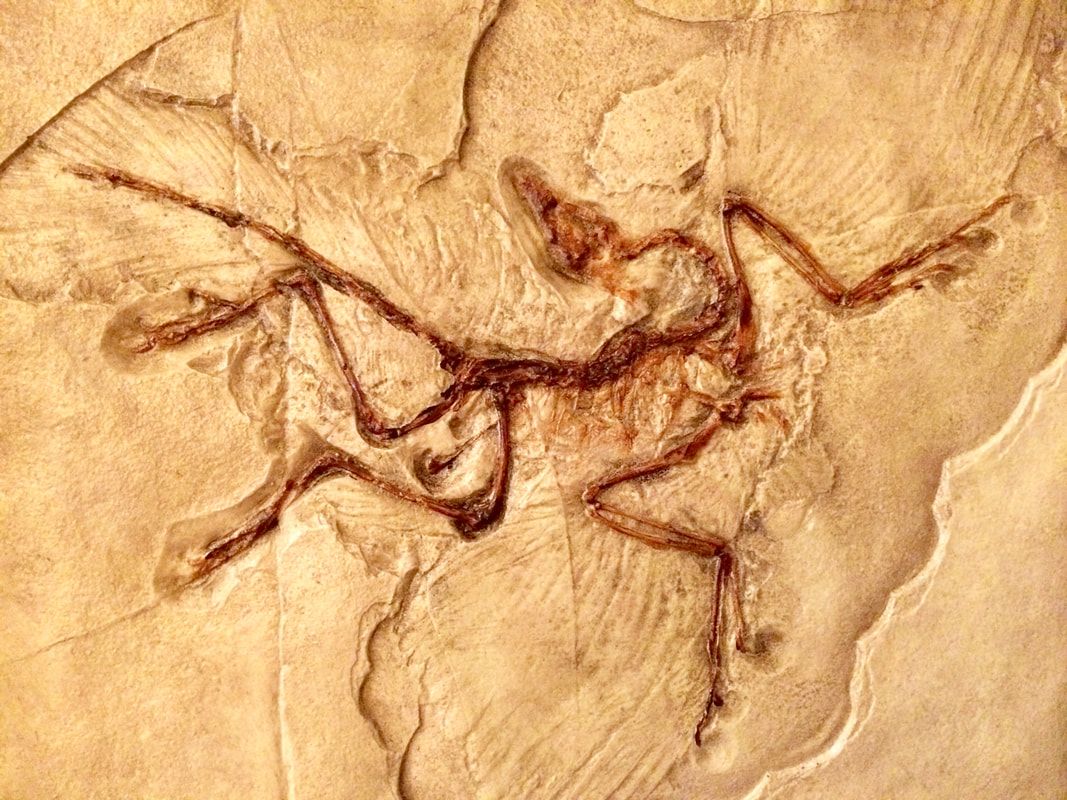



 RSS Feed
RSS Feed